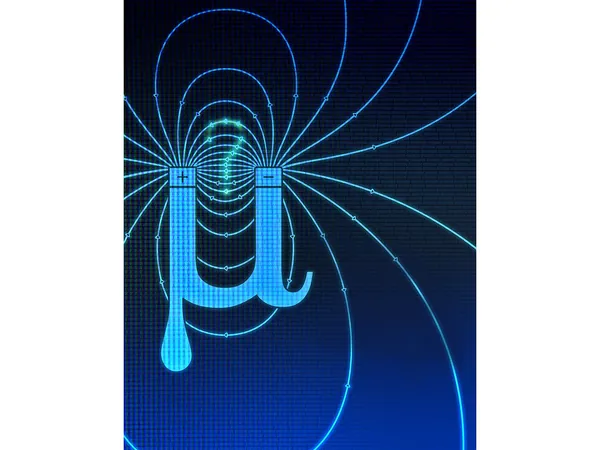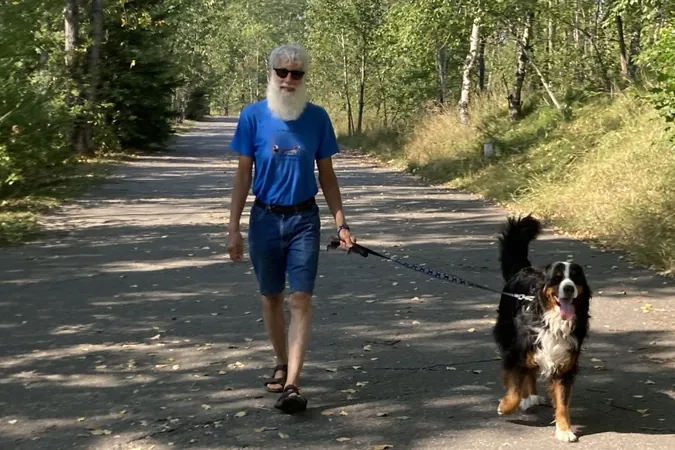
Unlocking the Secrets of Eye Communication: How Our Gaze Reveals Hidden Intentions
2025-04-23
Author: Sophie
Researchers from McGill University have uncovered an astonishing truth: our eyes can communicate complex information about our mental states—without uttering a single word! This remarkable ability may have been crucial for human survival, allowing our ancestors to communicate silently and avoid drawing the attention of predators.
The Evolution of Nonverbal Signals
According to Professor Jelena Ristic, who has spent over two decades studying psychology at McGill, human beings have evolved a keen sensitivity to social cues, particularly those conveyed through the eyes. "Our brains have developed to quickly interpret complex social information, such as understanding what someone else is looking at or thinking about," she explains.
Gaze-Following: A Primal Communication Tool
Gaze-following, a fundamental aspect of social interaction, allows us to connect with others on a mental level. This behavior is not just unique to humans; even infants and primates instinctively understand where others are looking, which fosters social development.
Cracking the Code of Intentions
In a fascinating series of experiments, Ristic and her team analyzed how people predict eye movements. Participants watched videos of individuals looking either right or left. Sometimes, the direction was chosen freely, while at other times, it was predetermined. Observers were tasked with predicting where the individuals would gaze next, and the results were eye-opening.
The findings revealed that even when subjects chose their gaze direction, the observers were able to predict their next move rapidly and accurately. This rapid response indicates that our brains are finely tuned to interpret intentions conveyed through eye movements before any action occurs.
Decoding Eye Movements for Hidden Meanings
The research team delved deeper, examining what makes certain eye movements more significant. They discovered that when individuals had the freedom to choose their gaze direction, the eye movements exhibited distinctive patterns, signifying an underlying intention.
Currently, the researchers are investigating various characteristics of eye movements—such as speed, duration, and even blinking patterns— to further understand how these features relate to the observer's ability to interpret intentions. Their next steps include studying how these elements vary depending on whether the intention is to deceive or assist.
Implications for Understanding Social Interactions
This groundbreaking research not only reveals the complexities of nonverbal communication but also has potential applications for understanding social difficulties, particularly in individuals with conditions like autism or ADHD.
The Future of Eye Communication Research
The study, titled ‘Intentional looks facilitate faster responding in observers,’ published in *Communications Psychology*, highlights the importance of eye gaze in social interactions and opens the door for future inquiries into how we can enhance our understanding of mental states through nonverbal cues.









 Brasil (PT)
Brasil (PT)
 Canada (EN)
Canada (EN)
 Chile (ES)
Chile (ES)
 Česko (CS)
Česko (CS)
 대한민국 (KO)
대한민국 (KO)
 España (ES)
España (ES)
 France (FR)
France (FR)
 Hong Kong (EN)
Hong Kong (EN)
 Italia (IT)
Italia (IT)
 日本 (JA)
日本 (JA)
 Magyarország (HU)
Magyarország (HU)
 Norge (NO)
Norge (NO)
 Polska (PL)
Polska (PL)
 Schweiz (DE)
Schweiz (DE)
 Singapore (EN)
Singapore (EN)
 Sverige (SV)
Sverige (SV)
 Suomi (FI)
Suomi (FI)
 Türkiye (TR)
Türkiye (TR)
 الإمارات العربية المتحدة (AR)
الإمارات العربية المتحدة (AR)